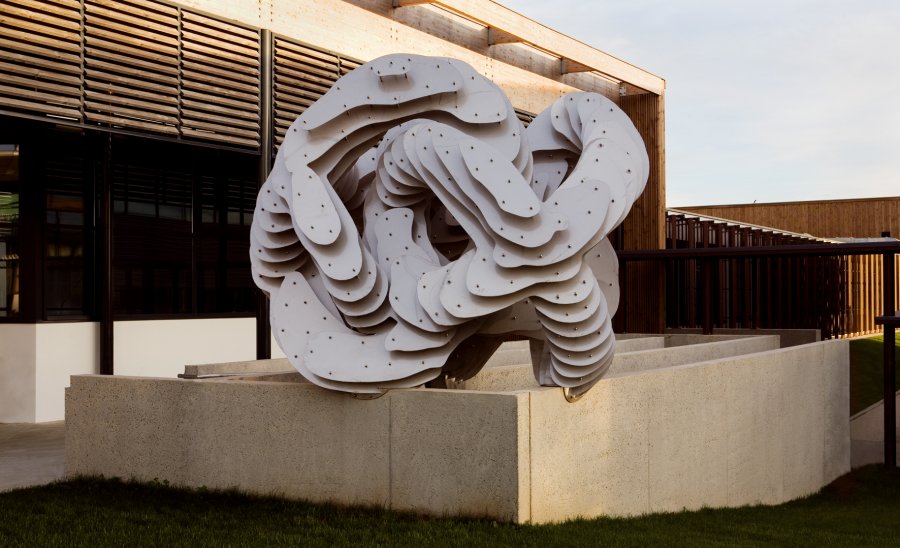The 1% for Public Art is a program for the development of contemporary art which was created by the Culture and Communications Ministry (Ministère de la Culture et de la Communication). Since 1951, one percent of the construction cost of all public building projects have been earmarked for the acquisition or commission of public, site-specific artworks.
1% for Public Art refers to both the work that is produced as well as the entire production process-from its initial stages to completion by the artist and finally the unveiling to the public.
This program has provided a new background for the way that artworks are commissioned: bringing together an artist or artists, an architect and the public in all its diversity. It is an essential tool in today’s visual arts scene that provides artists with opportunities for experimentation as well as the means to carry out their ideas.
To qualify for the program, a project must be of a public nature and can include hospitals, libraries and media centres, universities, schools, laboratories etc. Recent developments in the field of aesthetics have led to the creation of 1% for Public Art, where art has sought to break out of customary exhibition spaces with an aim to seek out audiences in the context of their everyday lives.
In recent years 1% for Public Art has begun to reach an even wider audience through urban and rural commissions in diverse settings (historic monuments, gardens, or new spaces like the Internet.) and include diverse media ranging from graphic design to new media, landscape-based creation, video and sound installations.
Artistic interventions have managed to wend their way into a wide variety of contexts, including geographic, architectural and social. They have developed new methods in the process and their originality and scale are a testament to our artistic heritage’s potential to be activated by the creative forces of today. Over 12 400 projects conceived by 4 000 artists have spread out across the territory since the project’s beginnings in 1951. Because of the public nature of the involved facilities (school grounds, police stations, courthouses…) the 1% for Public Art reaches a very large audience which may not necessarily be accustomed to visiting exhibition spaces.
